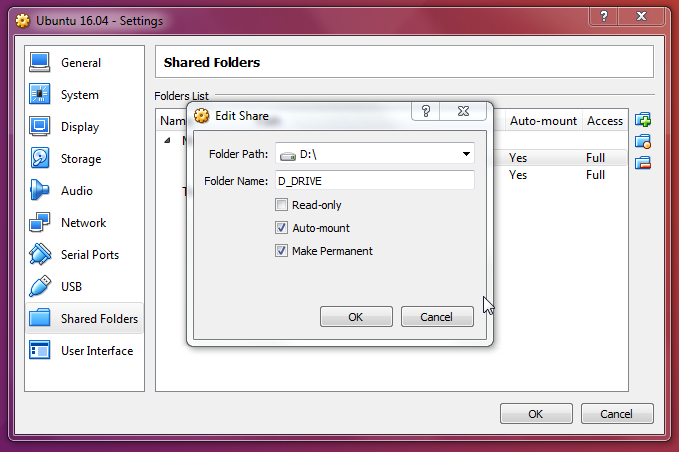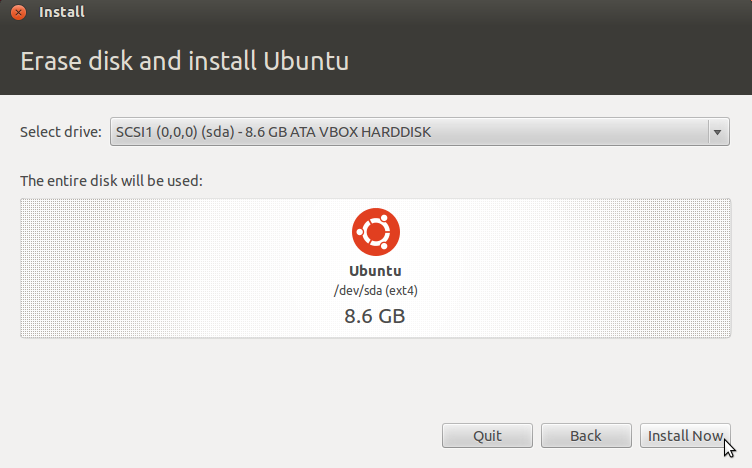
To learn more about these steps, continue reading.įirst, you need to create a shared folder on the host computer. Open File Explorer on the virtual machine.Open VirtualBox > right-click on virtual machine > select Settings.Right-click on it and select Properties.To create a VirtualBox shared folder in Windows 11/10, follow these steps: How to create a VirtualBox shared folder in Windows 11/10 Note: You must enable the Network discovery and file sharing on the host computer before following these steps. In such situations, instead of using a USB drive, you can create a shared folder to get the job done. You can access the shared folder from your Windows virtual machine and host computer to transfer files from one to another.Īt times, you might need to transfer files from a virtual PC to a host computer or vice versa. The shared folder should now be available and accessible as sf_rhelshared assuming you used the same names as I did in the popup window above.If you want to create a VirtualBox shared folder in Windows 11/10, you can follow this step-by-step guide. Log out and in again to pickup the change. Then as per several of the previous answers in a Terminal on the Guest VM add your user to the vboxsf group. Then in the popup window select the Host Folder you just created as the Folder Path and give it a Folder Name that will be used by the Guest VM, also tick the "Auto Mount" check-box.Īfter rebooting the Guest VM launch a terminal on the Host and check the user that is associated with the running VirtualBox Guest process is either your user, very likely, or in a group with access to the Shared folder. In the next dialog click on the Add Folder icon to the right of the Folders List.

In the Oracle VM Virtual Box Manager select your VM and then click on the "Shared folders" configuration element. Then Shutdown the Guest VM.Ĭreate the Shared folder in you Host system using Terminal, I usually put it in my Documents folder, and make sure that your user can access it. Once they have click the "Run" button in the dialog that popped up in your Guest VM.Īfter the script finishes right click the CD Icon on the Desktop and choose Eject. With your running VM selected go to the VirtualBox menu and select Devices -> Insert Guest Additions CD image.Īllow a few seconds for the mount to occur and the install script to kick off.

Once you have the prereqs in place its time to install the Guest Additions.

sudo yum groupinstall 'Developer Tools'Īnd the Kernel headers package so that the Guest Additions script can update your kernel. Make sure you have the Developer Tools installed. Start up your RHEL Guest VM and open up a Terminal.

For VirtualBox(5.0.24) Host=Mac(El Capitan) and Guest=RHEL(7.2)


 0 kommentar(er)
0 kommentar(er)
